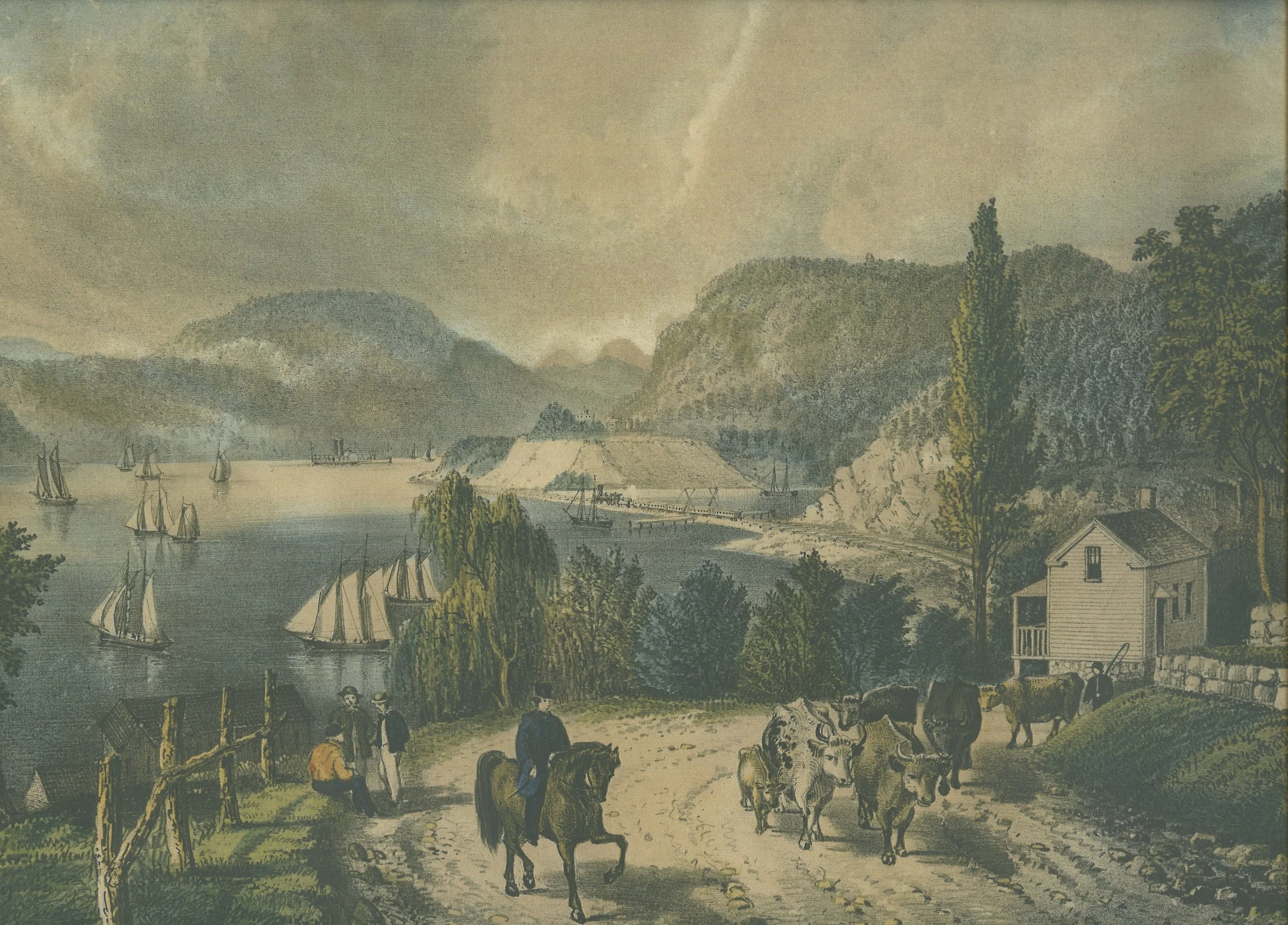The English Colonize Brooklyn.
Closely after the Dutch established a flourishing township of New Amsterdam, the British took control of the port city. Recognizing the island’s strategic advantage, the British Crown commandeered the region with their navy and added Manhattan to its empire after some resistance.
The English used their navy to conquer the region after the Anglo-Dutch War (1665 – 1667). King Charles II of England directed privateers to attach Dutch commerce, and the Duke of York commanded the British naval forces which would dominate the Dutch navy in maritime battles. The counties were then renamed in the name of the Crown and friends. New Amsterdam became New York henceforth, and Kings County and Queens County were recognized for English governance [1]. However, the locals did not stop calling Kings County, “Brooklyn”, and has maintained its original town name for centuries.
When the English secured New York, the majority of Dutch trade in the North America basically came to an end. They had a few posts, such as in the West Indies, but the Eastern border of the continent was primarily occupied by English colonists [2]. The English continued to transform the landscape and made English the dominant language in the region. There were about 2,000 people in Kings County according to a census in 1698, and about half were Dutch [3]. Over time, the region would diversify more between European nationalities and African slaves. There was commercial success in the Southern colonies due to the triangular slave trade system, which brought slave labor to North America, raw goods to Europe, and finished goods back to the world (Africa and North America) [4]. In the Northern colonies, abundant resources for trade and general commerce kept the economy flourishing.
For the majority of the 18th century, England kept a firm grip on its North American colonies while fighting wars with other nations. The English Crown’s success was largely due to its naval superiority in the world, being able to transport soldiers and supplies safely.
However, many of the colonists left Europe in order to improve their economic situations, own land and escape an intolerant religious environment. Due to the concentration of people and intellect in the New York area, tense political discussions often occurred in taverns, and ideas were able to spread. One major historical site is Fraunces Tavern at the southern tip Manhattan. Combined with other major cities in the North-east, these original Patriots propelled the understanding of wrongdoing by the English Crown and compelled more Patriots to action [5]. When negotiations with the English did not work, nor did disgruntle behavior through protest and crime, the Patriots officially declared their independence with a thoughtful and intellectual document, and were prepared to fight for their Freedom from that point on. The consensus of points was directly written in the Declaration of Independence for everyone to read. After the American Revolutionary War, the region transitioned into a new State in 1783.
By Nick Borak
Places to Visit
Fraunces Tavern - Financial District, Manhattan
An actual restaurant and museum, Fraunces Tavern is a historically protected building huddled in the financial district, steps away from old streets and monuments.
Sources
[1] Hickman, Kennedy. Second Anglo-Dutch War. Thought Co. 30 November 2017.
https://www.thoughtco.com/second-anglo-dutch-war-2360765
[2] Anglo-Dutch Wars. Encyclopedia Britannica. The Editors of Encyclopædia Britannica.30 November 2017.
https://www.britannica.com/event/Anglo-Dutch-Wars
[3] Early and Colonial Years. History of Brooklyn. Thirteen: Media With Impact. 30 November 2017.
http://www.thirteen.org/brooklyn/history/history2.html
[4] The Triangular Trade. The Abolition Project. E2BN - East of England Broadband Network and MLA East of England. 30 November 2017.
http://abolition.e2bn.org/slavery_43.html
[5] Taverns of Pre-Revolutionary New York City. c-span. National Cable Satellite Corporation. 30 November 2017. Video.
https://www.c-span.org/video/?321866-1/discussion-taverns-prerevolutionary-new-york-city
DISCLAIMER: Most information is acquired by surfing the internet, reading books and watching documentaries. We try to give credit where credit is due. If you find an error or issue with the content, please contact us so we can try to verify and edit the information.






